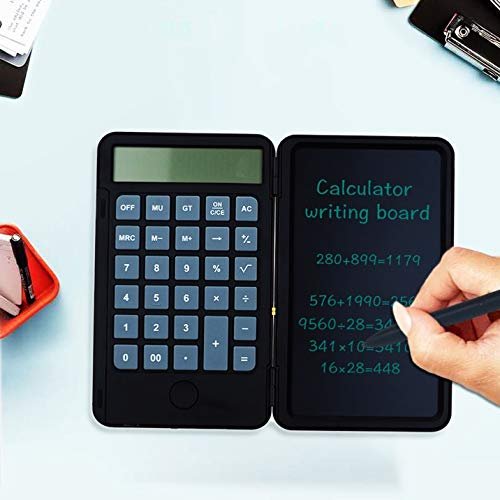Mixing Math and Tech: Crafting the Perfect Calculator Soup – In the realm of mathematics, precision and efficiency are paramount. Whether you’re a student solving complex equations or a professional tackling intricate financial calculations, having the right tools at your disposal can make all the difference. Enter technology—a game-changer that has revolutionized the way we approach mathematical computations. And at the heart of this technological revolution lies the humble calculator, a versatile instrument that has evolved from its basic arithmetic functions to sophisticated computational powerhouses. In this article, we’ll delve into the fusion of math and technology, exploring how modern calculators are crafted to meet the diverse needs of users across various domains.
The Evolution of Calculators: From Analog to Digital
The history of calculators dates back centuries, with early devices like the abacus paving the way for more advanced mechanical calculators in the 17th century. These mechanical marvels, though revolutionary in their time, were limited in functionality and often cumbersome to operate. However, the advent of electronic calculators in the mid-20th century marked a significant turning point. These compact, battery-powered devices offered greater speed and accuracy, laying the groundwork for the digital calculators we use today.
The Rise of Digital Calculators: Power and Precision at Your Fingertips
Modern digital calculators are a testament to the marriage of mathematics and technology. With powerful microprocessors and intuitive interfaces, these devices have become indispensable tools for students, professionals, and enthusiasts alike. From basic arithmetic to complex scientific and engineering calculations, digital calculators offer a wide range of functions tailored to specific needs.
One of the key advantages of digital calculators is their versatility. Whether you’re solving algebraic equations, graphing functions, or performing statistical analysis, there’s a calculator suited to your requirements. Scientific calculators, for example, are equipped with functions for trigonometry, logarithms, and exponentials, making them indispensable in fields such as physics, chemistry, and engineering. Similarly, financial calculators cater to professionals in banking, accounting, and investment, with features like amortization schedules, bond calculations, and cash flow analysis.
Crafting the Perfect Calculator: Features and Functionality
When it comes to crafting the perfect calculator, manufacturers prioritize a balance of features, functionality, and usability. User interface design plays a crucial role in ensuring that the calculator is intuitive and easy to navigate. Clear labeling of buttons, logical menu structures, and responsive touchscreens are essential elements that enhance the user experience.
In addition to usability, the accuracy and reliability of calculations are paramount. Advanced algorithms and error-checking mechanisms ensure that calculations are performed with precision, minimizing the risk of computational errors. Whether it’s floating-point arithmetic or numerical integration, modern calculators leverage sophisticated mathematical techniques to deliver accurate results in real-time.
Furthermore, customization options allow users to tailor the calculator to their specific needs. Programmable calculators, for instance, enable users to write and execute custom scripts or algorithms, opening up a world of possibilities for automation and optimization. By leveraging programmability, users can streamline repetitive tasks, explore new computational methods, and extend the capabilities of their calculators beyond predefined functions.
The Future of Calculator Technology: Innovations on the Horizon
As technology continues to advance, so too will the capabilities of calculators. Artificial intelligence (AI) and machine learning, in particular, hold promise for the future of calculator technology. By analyzing patterns in mathematical data and user behavior, AI-powered calculators can adapt to individual preferences, anticipate user needs, and provide personalized recommendations.
Moreover, integration with other devices and platforms will further enhance the versatility of calculators. Seamless connectivity with smartphones, tablets, and cloud services will enable users to access and share data across multiple devices, fostering collaboration and productivity. Whether it’s synchronizing calculations with cloud-based spreadsheets or importing data from external sources, interoperability will be key to unlocking the full potential of calculator technology.
Conclusion
In conclusion, the fusion of math and technology has given rise to a new era of calculator design and functionality. From their humble origins as mechanical aids to their current incarnation as digital powerhouses, calculators have undergone a remarkable transformation. Today, calculators are not just tools for performing mathematical calculations; they are versatile instruments that empower users to tackle complex problems with ease and efficiency.
As we look to the future, the evolution of calculator technology shows no signs of slowing down. With continued innovation and integration of cutting-edge technologies, calculators will evolve to meet the evolving needs of users across diverse domains. Whether you’re a student, a scientist, or a professional, the perfect calculator awaits—a potent blend of math and tech, crafted to perfection.

